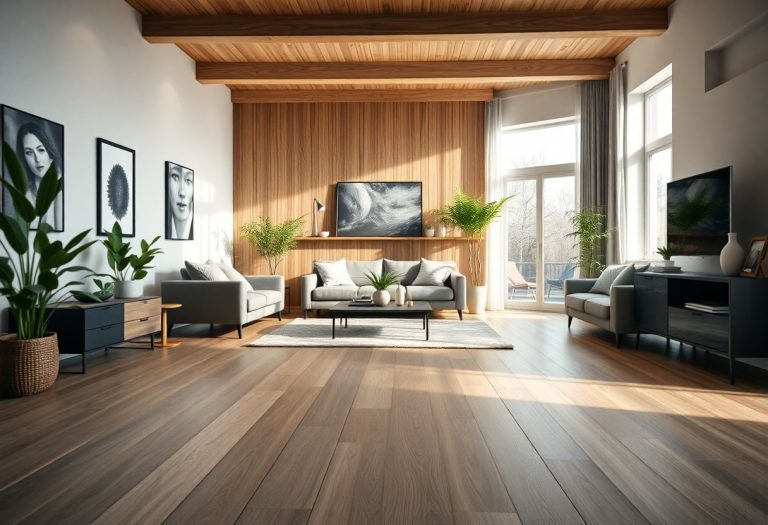Whether you’re refitting the whole bathroom or simply redoing the shower, waterproofing is essential to ensure the project isn’t a waste of time or simply falls apart. When laying new tiles, you need a perfectly even and waterproof surface, especially in the shower, bathroom and kitchen areas. No grout or cement is 100% waterproof which is why it is essential to initially waterproof the area, so you can feel safe in the knowledge your shower is safe and not at risk of leaks or water damage to the rest of your home. Waterproofing the walls and installing waterproof flooring is essential for a bathroom which doesn’t pose a risk to the rest of the home. To ensure that the water within your shower is properly contained it is important to create a waterproof membrane before you even lay any tiles. It helps to protect all absorbent surfaces from serious water damage.
Preparing the Drywall for Waterproofing
Drywall behind your showers needs to be waterproofed to be safe. Existing shower areas need to be fully prepared before they can be waterproofed. The preparation process involves ensuring all surfaces are fully smooth. Plastered walls need fully priming with a waterproof coating but please note, before you can apply any coating to fresh plaster it must have been in place at least four weeks. The plaster needs time to fully set and not be affected or absorb any waterproof coating provided. If you remove your old shower and find an uneven surface, you may need to consider rendering. Rendering is also sometimes necessary for waterproof flooring too where floors are left uneven. Rapid setting render products are easily available on the market and ensure you have the flat surface you need to work on. Surfaces which need waterproofing such as drywall also need to be completely clean. Clean in this sense means free of all dust and debris but also free of any oil or grease deposits which may have built up over time. Once the wall is fully cleaned then it has to be 100% dry before you begin applying any waterproof coating. This may mean leaving it to dry for at least a day or longer as there cannot be any dampness or residue when it’s time to apply the waterproof coating.
 Hardwood Flooring Milton, Hardwood Flooring Oakville, Hardwood Flooring Orangeville, Hardwood Flooring Richmond Hill, Hardwood Flooring Barrie
Hardwood Flooring Milton, Hardwood Flooring Oakville, Hardwood Flooring Orangeville, Hardwood Flooring Richmond Hill, Hardwood Flooring Barrie
Waterproofing Shower Walls
When waterproofing drywall you should be prepared to need to apply more than one coating. The first coat of your chosen waterproof coating product can be applied using a brush or roller. Before beginning application be sure to apply masking tape to any joints or timber edging you don’t want to apply the coating too. It can be applied to the walls as you would apply paint and just like with paint, you should ensure it is evenly spread across the area you’re hoping to fully seal from water. Gaps around piping and other holes should also be fully filled with the waterproofing sealant to ensure no risk of water leaking or spilling through these areas. Any slight hole or gap should be sealed and it is always worth double checking and looking closely for small gaps to avoid finding problems after the tiles are installed. Usually a second layer of coating should be applied within 2-3 hours of the first, ensuring a fully sealed and waterproofed surface on which to begin laying your chosen tiles.
Hardwood Flooring Brampton, Hardwood Flooring Toronto, Hardwood Flooring Mississauga, Hardwood Flooring Burlington, Hardwood Flooring Markham





